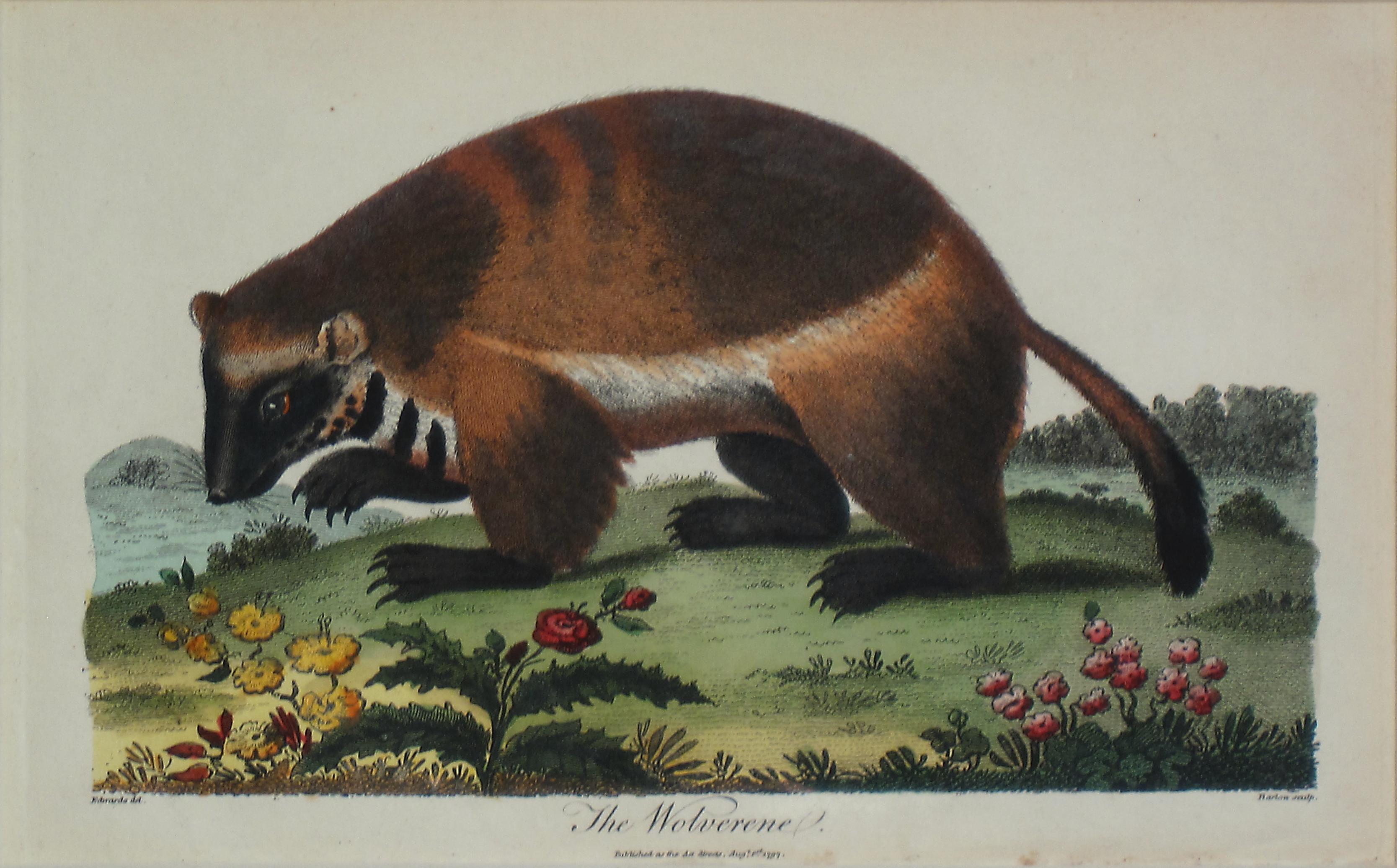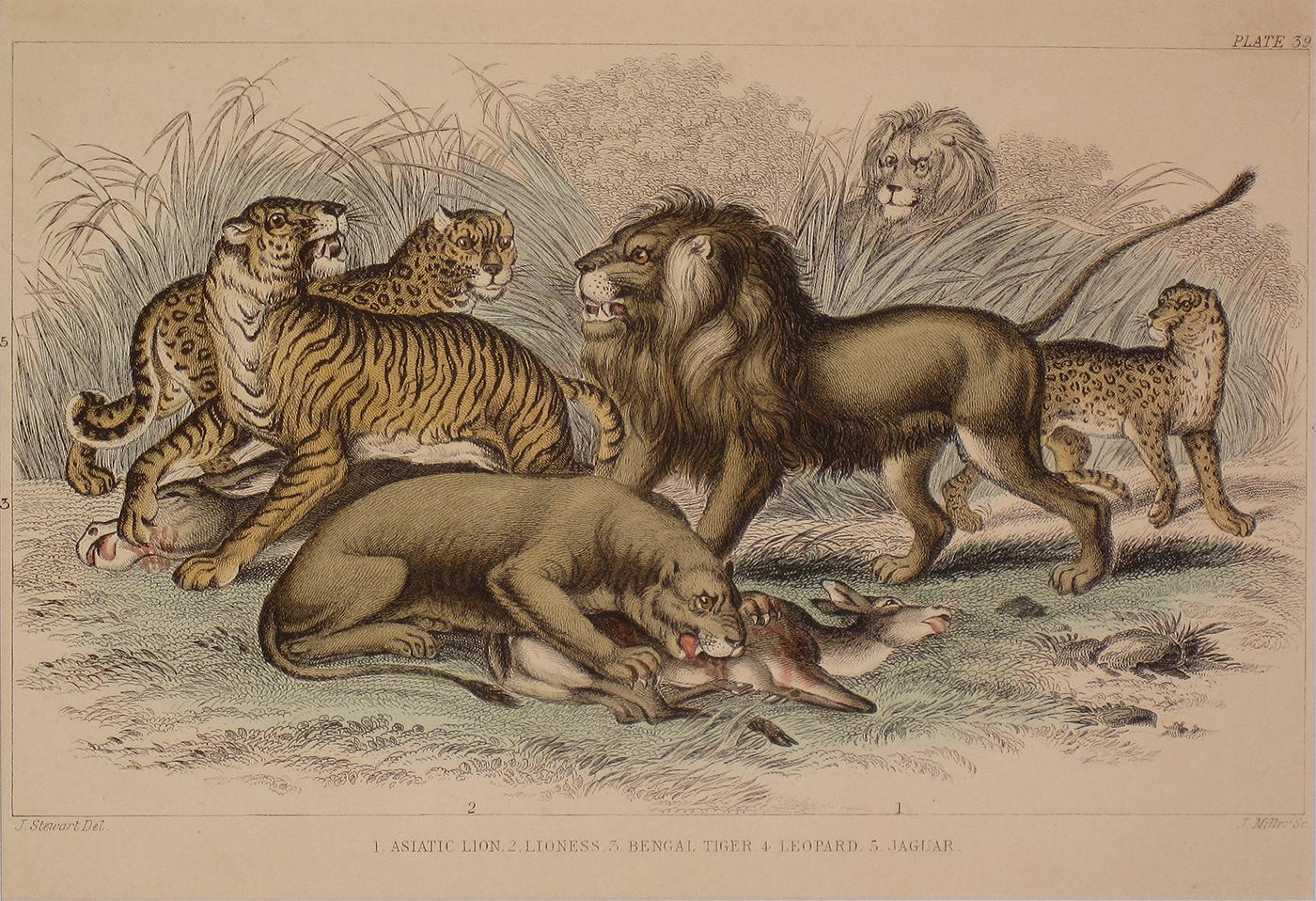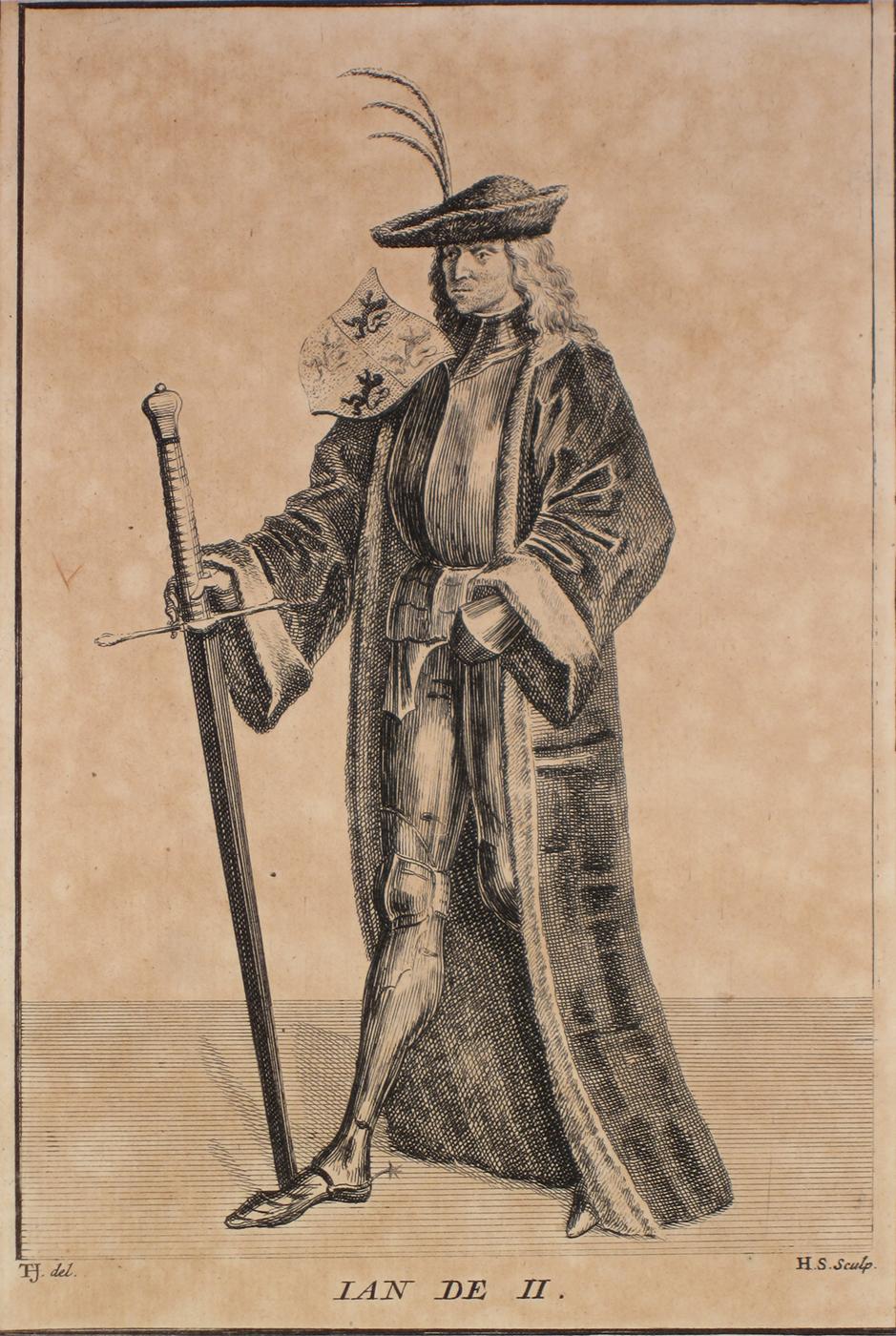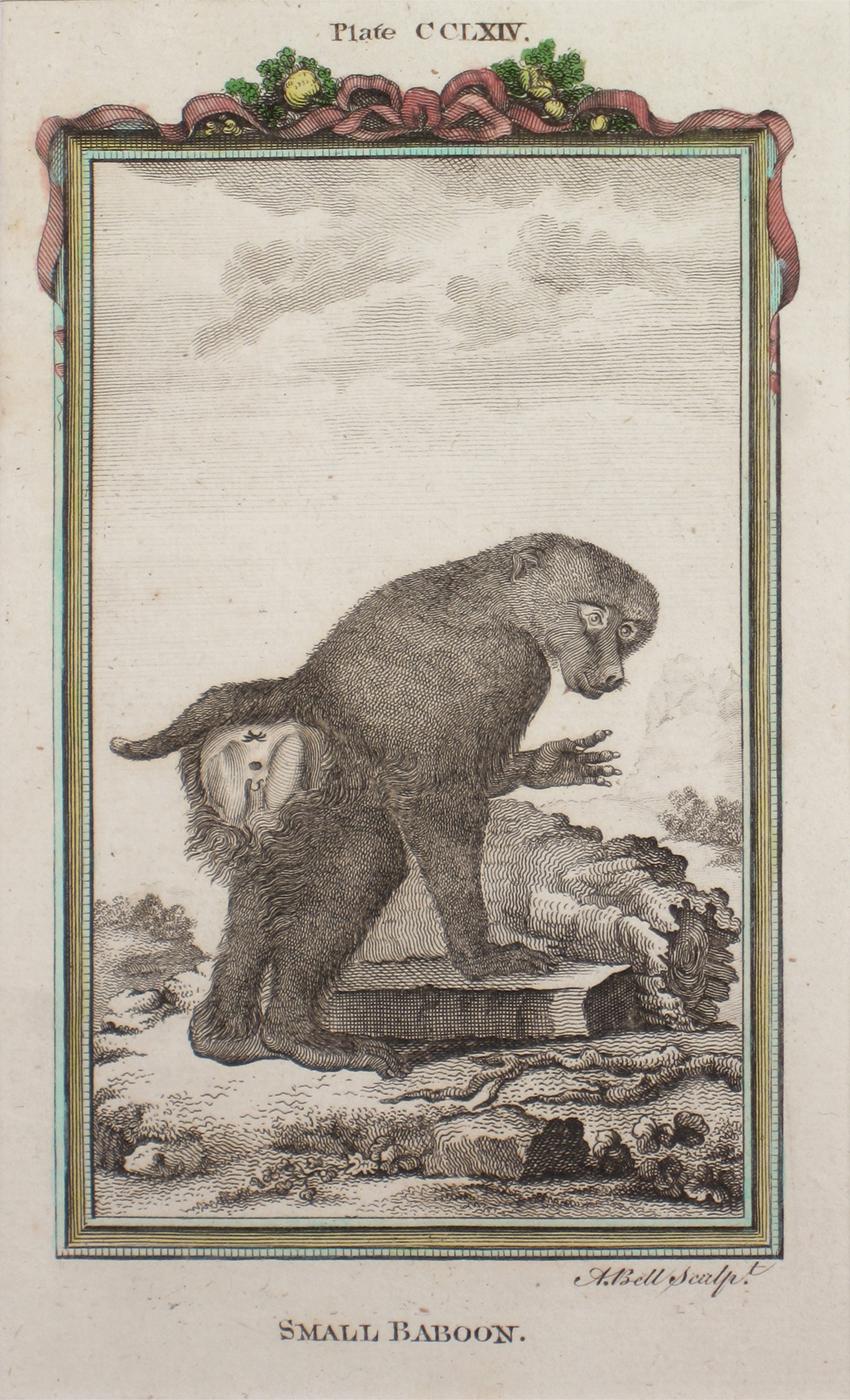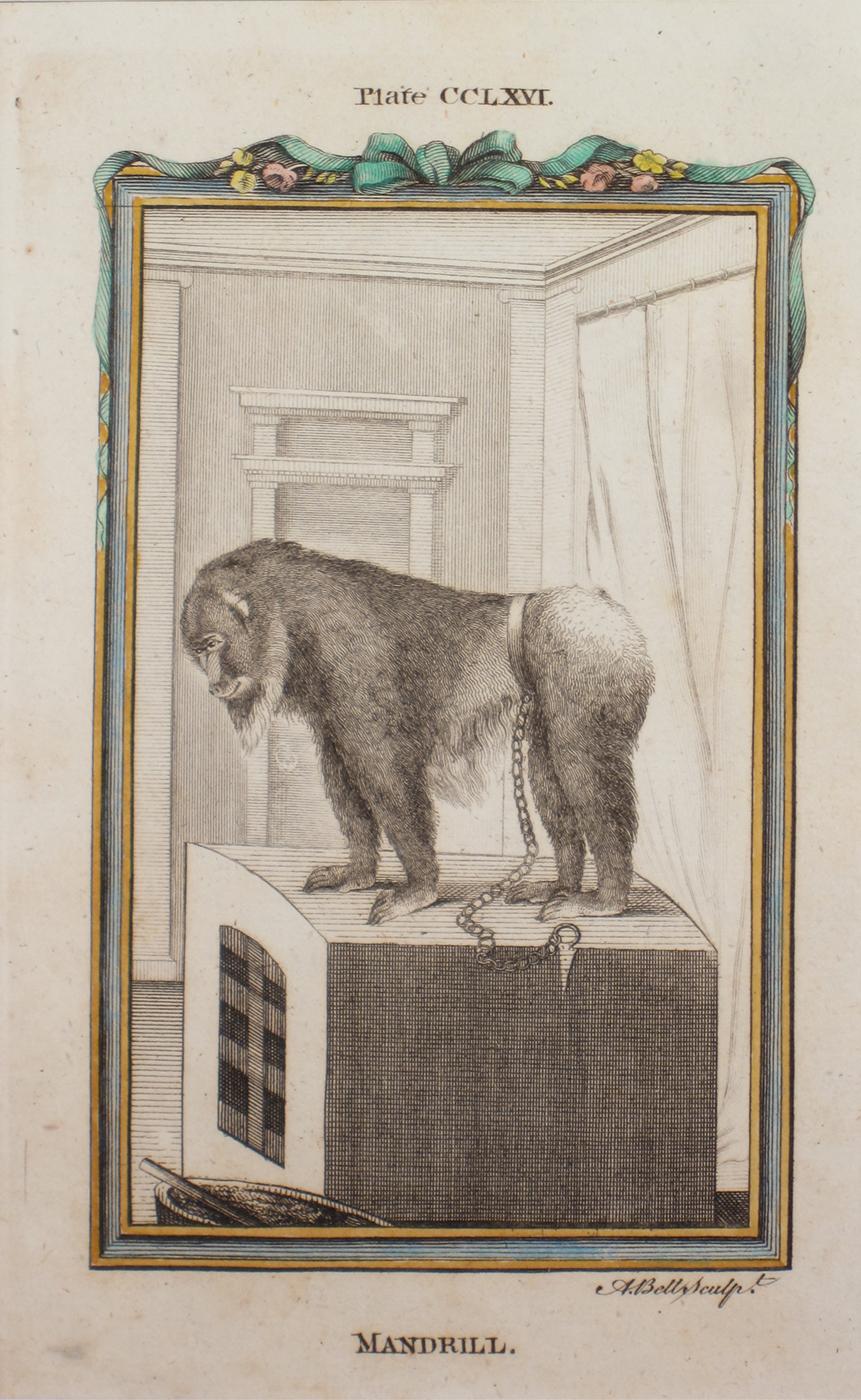Items Similar to Solanum Pomiferum (Tomato)
Want more images or videos?
Request additional images or videos from the seller
1 of 8
Basilius BeslerSolanum Pomiferum (Tomato)1613
1613
About the Item
BASIL BESLER (1561 – 1629).
Hortus Eystettensis.
Konrad Bauer. Altdorf, 1613, 1640, 1713 – 50.
Copper plate engravings with modern hand-color
374 plates.
Hortus Eystettensis is without doubt one of the greatest flower books ever produced in any country. The first great florilegium, it is a landmark work in size and scope documenting pre-Linnaean botanical classification. The splendid stylization and aesthetics make it one of the most powerful botanical works ever produced.
Basil Besler, an apothecary of Nuremberg and botanist who managed the garden of Bishop Johann Conrad in Eichstatt, Germany, used it as an encyclopedic resource as the basis for Hortus Eystettensis, observing and depicting over a thousand flowers, representing 667 species. The Bishop's remarkable garden was one of the most extensive in Europe, containing a huge variety of European shrubs and flowering plants, as well as exotic specimens from Asia and the Americas. He endeavored to collect the new and exotic specimens arriving from far away lands. With the Bishop's patronage, Besler worked both as artist and publisher, directing a team of ten artists and engravers in creating 374 plates over a period of 16 years. Horticultural rather than botanical, it is the earliest pictorial record of flowers in a single garden. Summer, Fall, Winter, and Spring each have their own sections. An unparalleled achievement!
As the first large folio botanical, the plates depict over 1000 flowers, many of them exotics appearing for the first time. It would be decades before living examples of certain species were to be seen again. The Bishops’ Eden fell into disrepair after his death and with the outbreak of the Thrity Years War suffered complete neglect. By 1633 the magnificent gardens had ceased to exist. But they would not be forgotten. Besler’s original drawings (most of which are housed in the University Library, Erlangen) took sixteen years to complete. Besler supervised a team of painters and engravers including Domenicus & Raphael Custos, Wolfgang Kilian (stepson of Domenicus), Levin & Friedrich von Huisen, Peter Ilelburch, Johann Leopold, Servaes Raeven, Heinrich Ulrich Heronimus Lederer, et al. This unparalleled group worked between 1608 and 1612 when the last plates went to the printer. The Bishop died on the 2nd of November 1612. Up to that time Besler had received 7500 gold coins in payment. Printed in 1613, only three hundred copies were issued. However, the extensive information and generous depictions would be republished for over a century. For many years it was believed the copper plates on which they were engraved survived until 1817, when they were melted down by the Royal Mint in Munich. However, in 1998, during a reorganization of storage in Vienna’s Albertina Graphic Collection, 329 of the original plates were found. The whereabouts of the remainder remains a mystery.
One hundred and fifty years before Linnaeus created his thorough system of classification, Besler's great florilegium represented an impressive early attempt to classify plants for the benefit of botanists, doctors and apothecaries. Each plant is given a distinct and often descriptive Latin title, and related species are grouped together on the same plate, or over a series of plates. Almost all specimens are shown complete and accurately colored including delineations of their root systems. There were under one dozen copies colored at the time of publication probably for royal or wealthy patrons. Several happily survive in museums and libraries. Today we use them as a basis for coloring.
While Besler's work is obviously motivated by a scientific impulse to document and describe a remarkable collection of species, the beautiful presentation and dramatic stylization of the illustrations also convey a sense of the visual grandeur of the Bishop's great garden. By 1633 the famous garden had become a vegetable plot. Ultimately, this renowned botanical achievement would be plowed under and lost for all time. All the more reason to revere Besler's dramatic endeavor. Each specimen is placed on the page with an artist's understanding of formal and spatial relations. Most notable, the stylized depiction of foliage and root systems betrays a lively baroque sensibility, as the plants seem to dance across the page. The Besler "Florilegium" will hold forever in time a magnificent era of horticulture.
Reference: Hortus Eystettensis: The Bishop’s Garden & Besler’s Magnificent Book. Abrams. NY, 1994.
The Besler Florilegium: Plants of the Four Seasons. Abrams. NY, 1987.
- Creator:Basilius Besler (1561 - 1629, German)
- Creation Year:1613
- Dimensions:Height: 35 in (88.9 cm)Width: 30.5 in (77.47 cm)Depth: 3 in (7.62 cm)
- Medium:
- Movement & Style:
- Period:
- Condition:Clean, crisp image. Beautiful hand-coloring. Framed to museum specifications using archival matting, backing, hinging. Glazed with ultra-violet filtering Plexiglas. Striking wood frame.
- Gallery Location:Florham Park, NJ
- Reference Number:
About the Seller
5.0
Gold Seller
These expertly vetted sellers are highly rated and consistently exceed customer expectations.
1stDibs seller since 2014
161 sales on 1stDibs
Typical response time: 3 hours
- ShippingRetrieving quote...Ships From: Florham Park, NJ
- Return PolicyA return for this item may be initiated within 1 day of delivery.
More From This SellerView All
- Cherries. Plate IX.By George BrookshawLocated in Florham Park, NJGEORGE BROOKSHAW (1751 – 1823). Pomona Britannica of a Collection of the Most Esteemed Fruits…. Engravers R. Brookshaw and H. Merke. London, 1812. Aquatint and stipple engravings...Category
Early 19th Century Academic Prints and Multiples
MaterialsEngraving, Watercolor
- Plate 88. Apples.By George BrookshawLocated in Florham Park, NJGEORGE BROOKSHAW (1751 – 1823). Pomona Britannica of a Collection of the Most Esteemed Fruits…. Engravers R. Brookshaw and H. Merke. London, 1812. Aquatint and stipple engravings...Category
Early 19th Century Academic Prints and Multiples
MaterialsEngraving
- Lauro (Laurel)By Johann Christoph VolkhamerLocated in Florham Park, NJJOHANN CHRISTOPH VOLCKAMER (1662-1744). Nurnbergische Hesperides, Oder Grunliche Beschreibung der Elden Citronat, Citronen,und Pomerantzen Fruchte. Drawn by Decker and Volckamer....Category
18th Century and Earlier Academic Prints and Multiples
MaterialsEngraving
- Melocactos Melocactus (Cactus)By Basilius BeslerLocated in Florham Park, NJBASIL BESLER (1561 – 1629). Hortus Eystettensis. Konrad Bauer. Altdorf, 1613, 1640, 1713 – 50. Copper plate engravings with modern hand-color 374 plates. 21 ¼” to 21 ½” x 16” t...Category
18th Century and Earlier Academic Prints and Multiples
MaterialsEngraving
- Plate 91. Apples.By George BrookshawLocated in Florham Park, NJGEORGE BROOKSHAW (1751 – 1823). Pomona Britannica of a Collection of the Most Esteemed Fruits…. Engravers R. Brookshaw and H. Merke. London, 1812. Aquatint and stipple engravings...Category
Early 19th Century Academic Prints and Multiples
MaterialsEngraving
- PistachioBy Johann Christoph VolkhamerLocated in Florham Park, NJJOHANN CHRISTOPH VOLCKAMER (1662-1744). Nurnbergische Hesperides, Oder Grunliche Beschreibung der Elden Citronat, Citronen,und Pomerantzen Fruchte. Drawn by Decker and Volckamer....Category
18th Century and Earlier Academic Prints and Multiples
MaterialsEngraving
You May Also Like
- The Wolverene Antique PrintBy Edward LearLocated in Sydney, NSWWolverine or Gulo gulo.. . Hand-colored copperplate engraving from a drawing by George Edwards from Ebenezer Sibly's "Universal System of Natural History" 1797. . . The prolific Sibly published his Universal System of Natural History in 1794 1797 in five volumes covering the three natural worlds of fauna, flora and geology. The series included illustrations of mythical beasts such as the sukotyro and the mermaid, and depicted sloths sitting on the ground (instead of hanging from trees) and a domesticated female orang utan...Category
Mid-19th Century Academic Animal Prints
MaterialsEngraving
- Asiatic Lion, Lioness, Bengal Tiger, Leopard, Jaguar Antique PrintLocated in Sydney, NSWAntique Steel Engraving Published 1866 by Blackie & Son, London for "A History of the Earth and Animated Nature" by Oliver Goldsmith. Matt siz...Category
Mid-19th Century Academic Animal Prints
MaterialsEngraving
- John II, Count of Hainaut Holland & Zeeland (1247-1304)Located in Sydney, NSW18th Century (c1740) etching/engraving , John II, Count of Hainaut Holland & Zeeland (1247-1304)Category
19th Century Academic Figurative Prints
MaterialsEngraving, Etching
- Small Baboon Antique PrintLocated in Sydney, NSWSmall Baboon Antique print Matt size 28cm x 21cm Image Size 16cm x 10 cmCategory
19th Century Academic Animal Prints
MaterialsEngraving
- Mandrill Antique PrintLocated in Sydney, NSWMandrill Antique print Matt size 33.5cm x 26cm Image Size 17cm x 11 cmCategory
19th Century Academic Animal Prints
MaterialsEngraving
- InnamoratiBy Emilio GrecoLocated in Ljubljana, SIInnamorati (eng. Lovers). Original drypoint, 1982. Edition of 90 signed and numbered impressions on Arches paper. Emilio Greco is one of the greatest sculptors, engraver and medalist of modern time. He is best known for his monumental bronze sculptures of the human figure. The sculptures and figures in graphics, primarily female nudes and portraits, tended to be refined, with elongated forms in the Italian...Category
1980s Academic Figurative Prints
MaterialsDrypoint
Recently Viewed
View AllMore Ways To Browse
The Bishop
Four Flower Prints
Modern Botanical Prints
Botanical Prints Modern
Vegetable Print
Antique Gold Coins
1000 Flowers
German Botanical Print
Vienna 18th
Botanical Print Plates
Antique Botanical Illustration Prints
Specimen Storage
European Botanical Art Prints
Antique Scopes
Copper Engraving Germany
Antique Plates Ny
Raphael Engraving
Collectible Antique Coins
